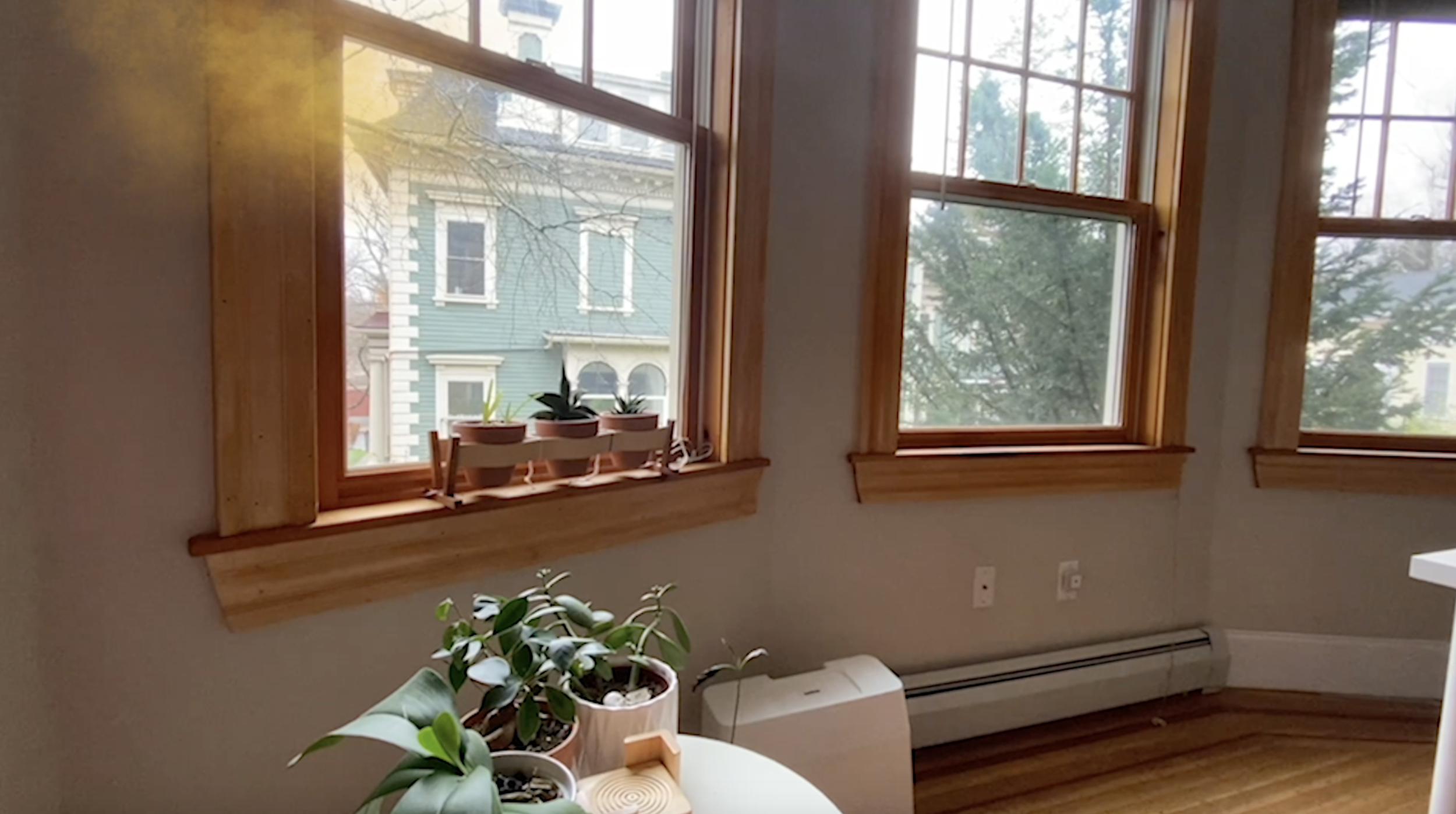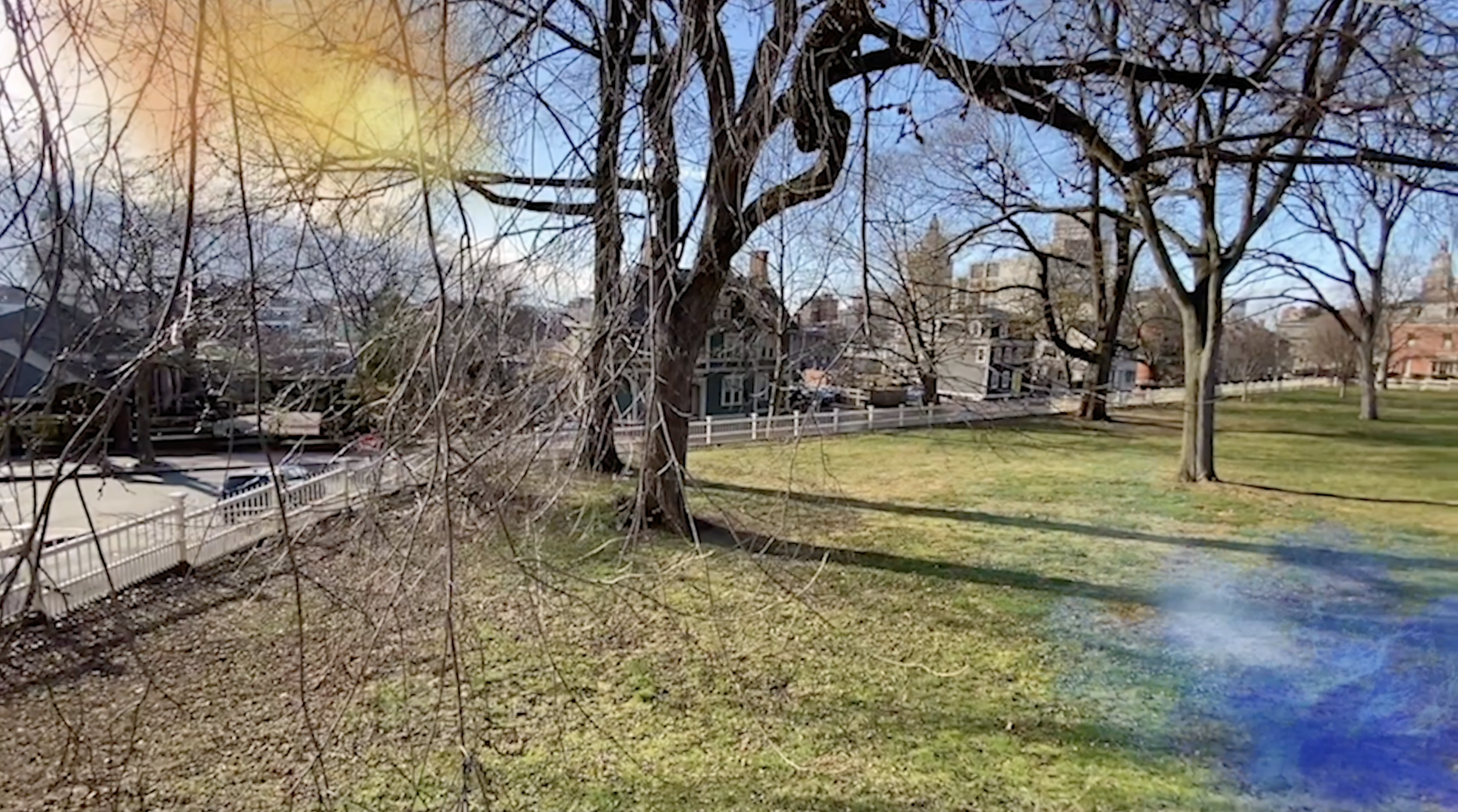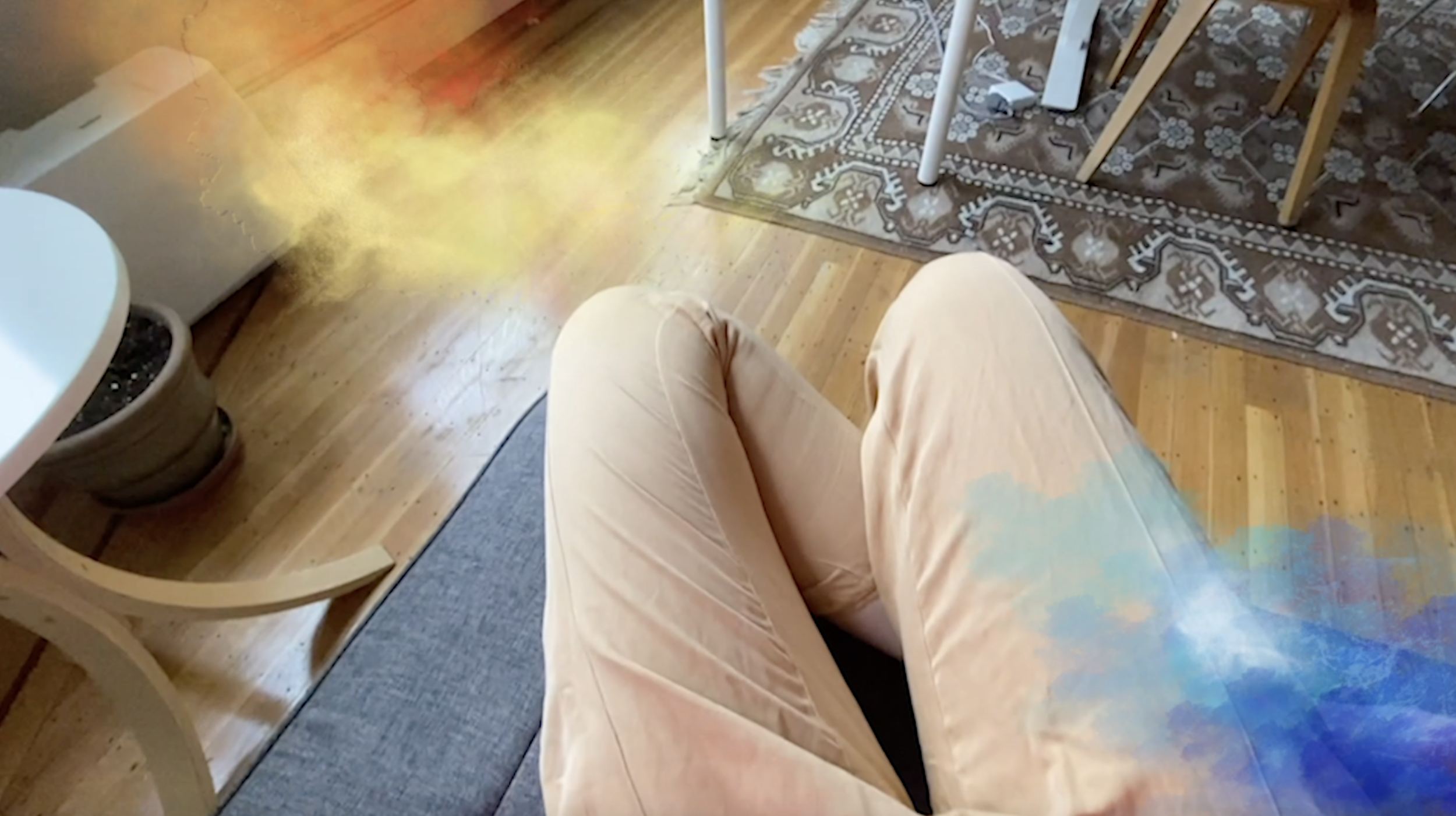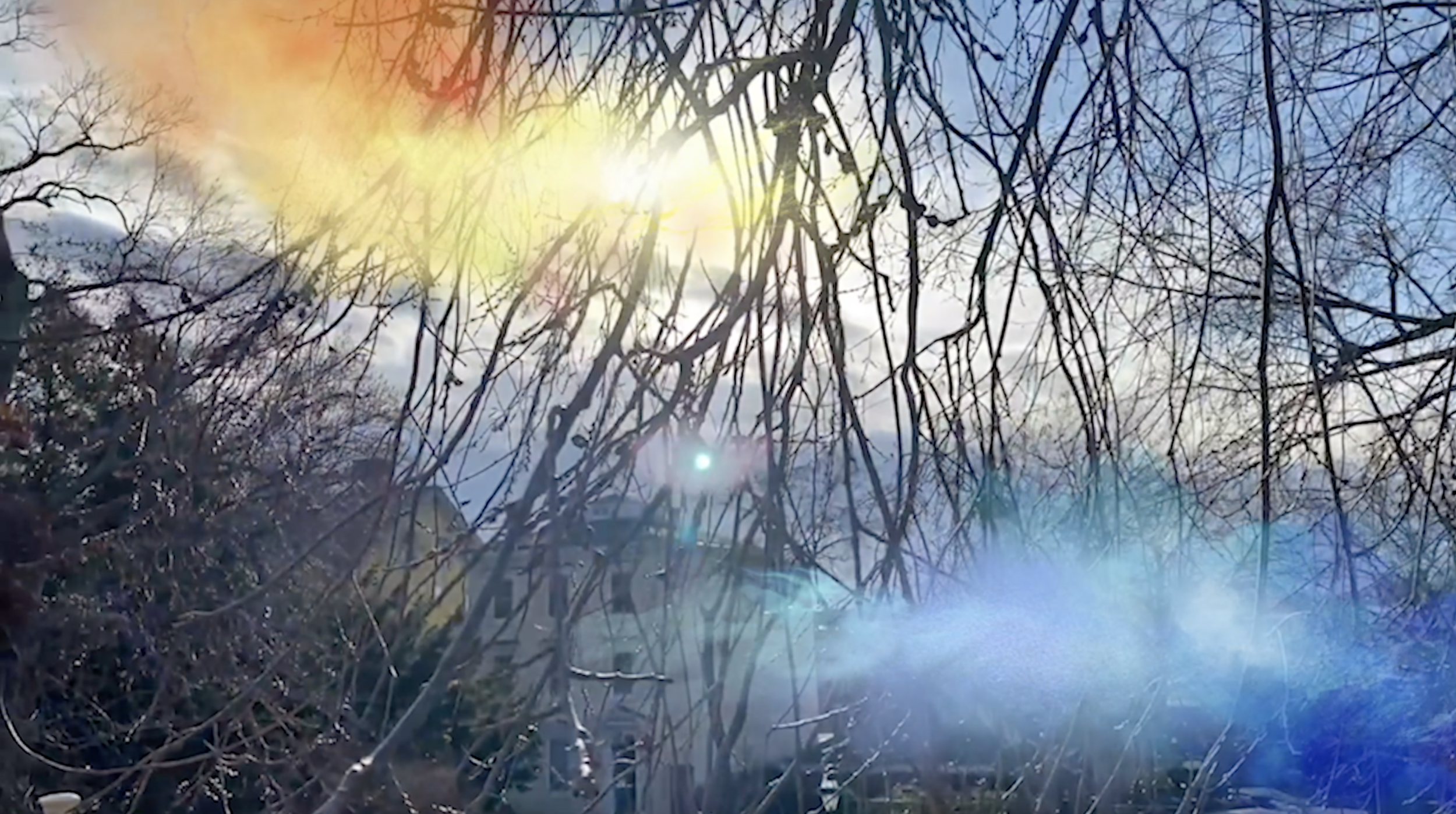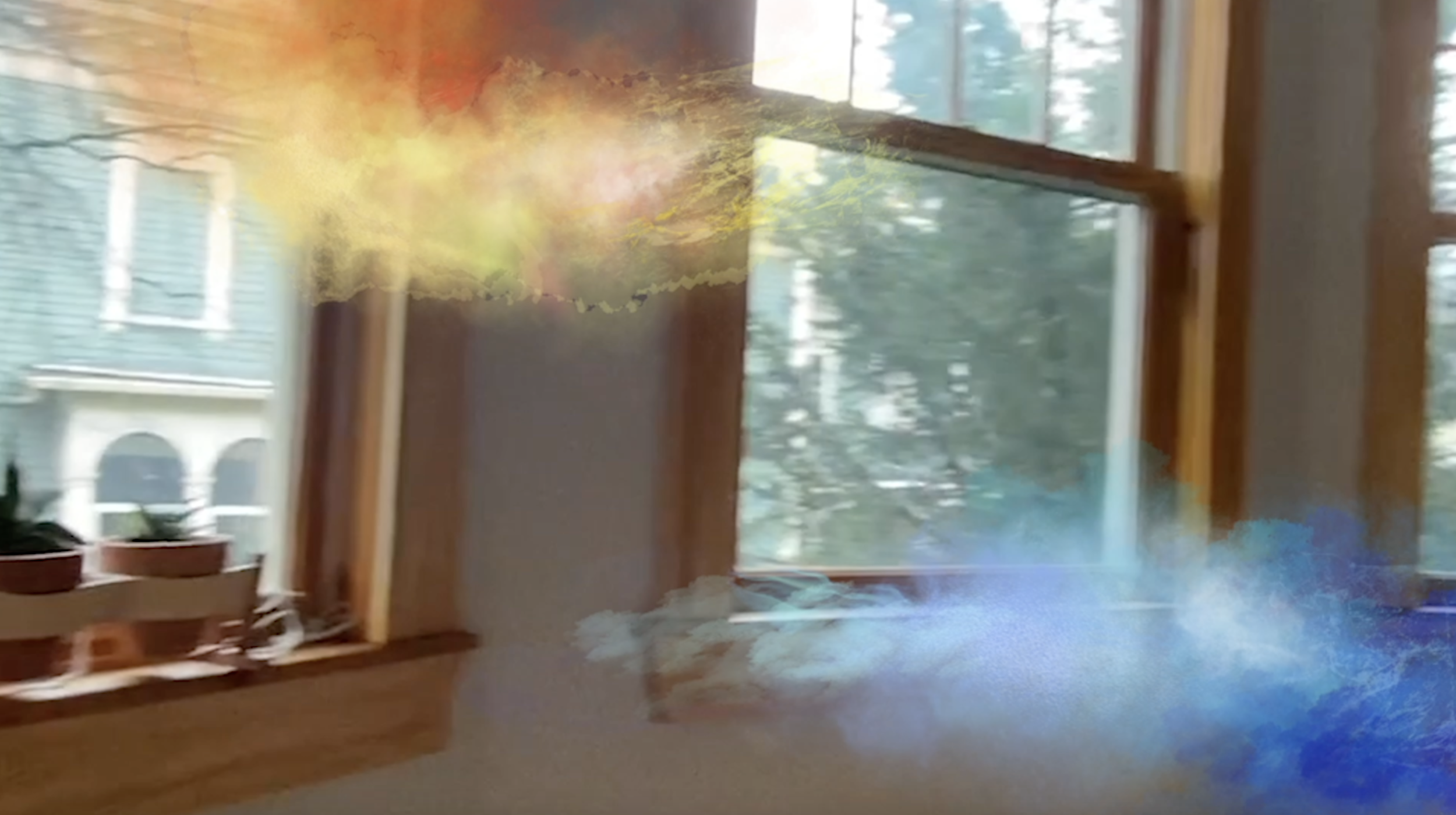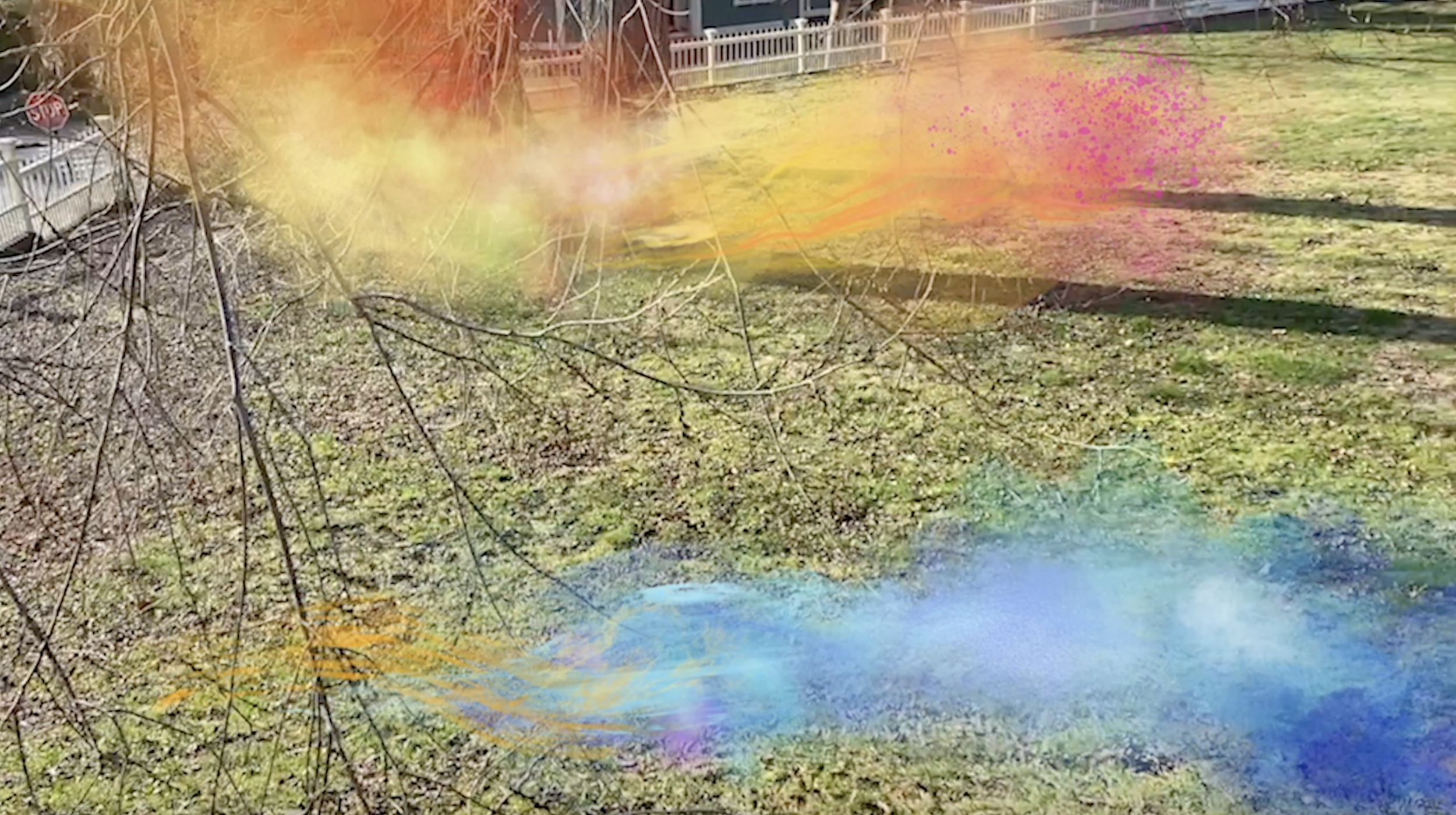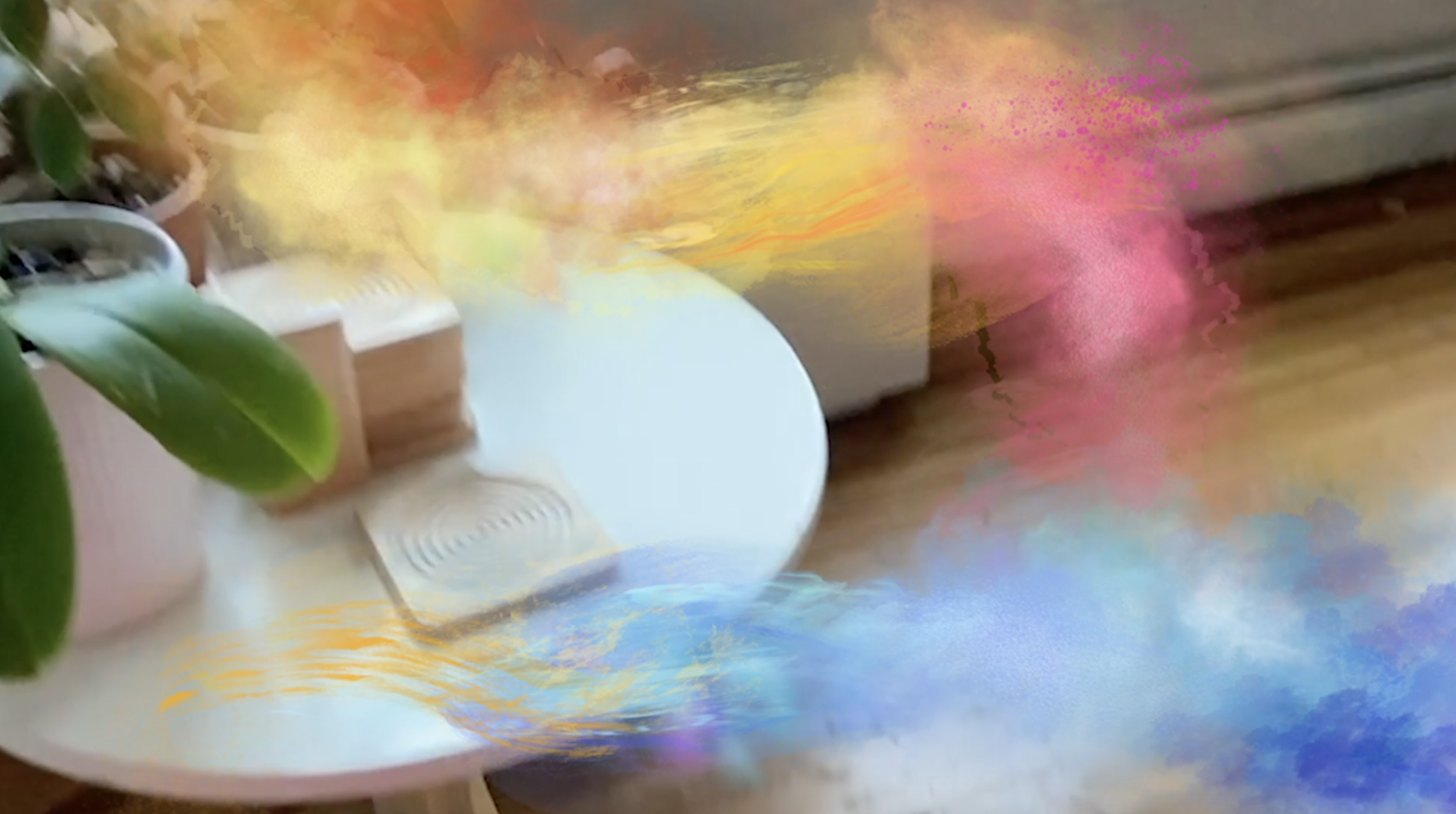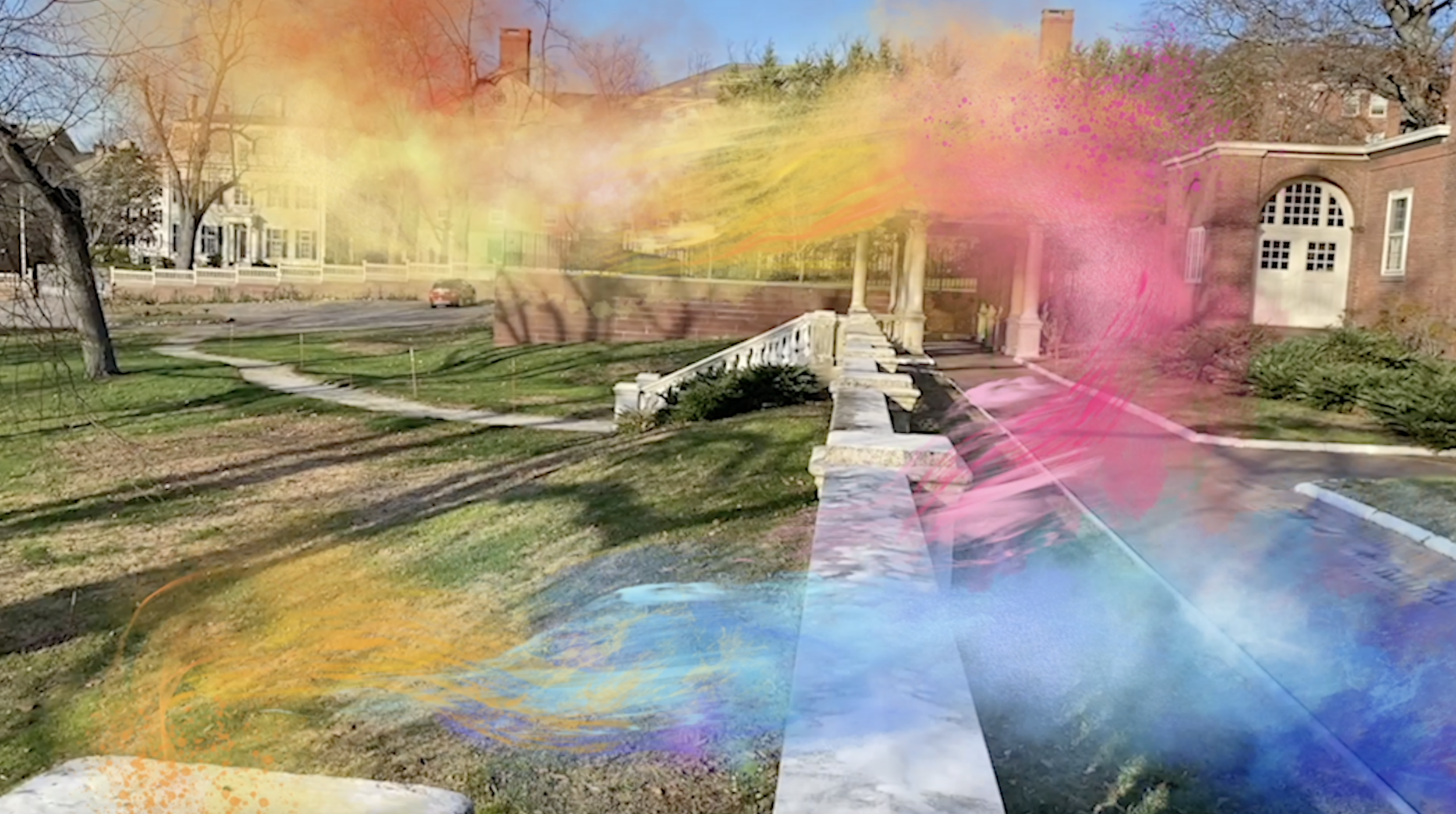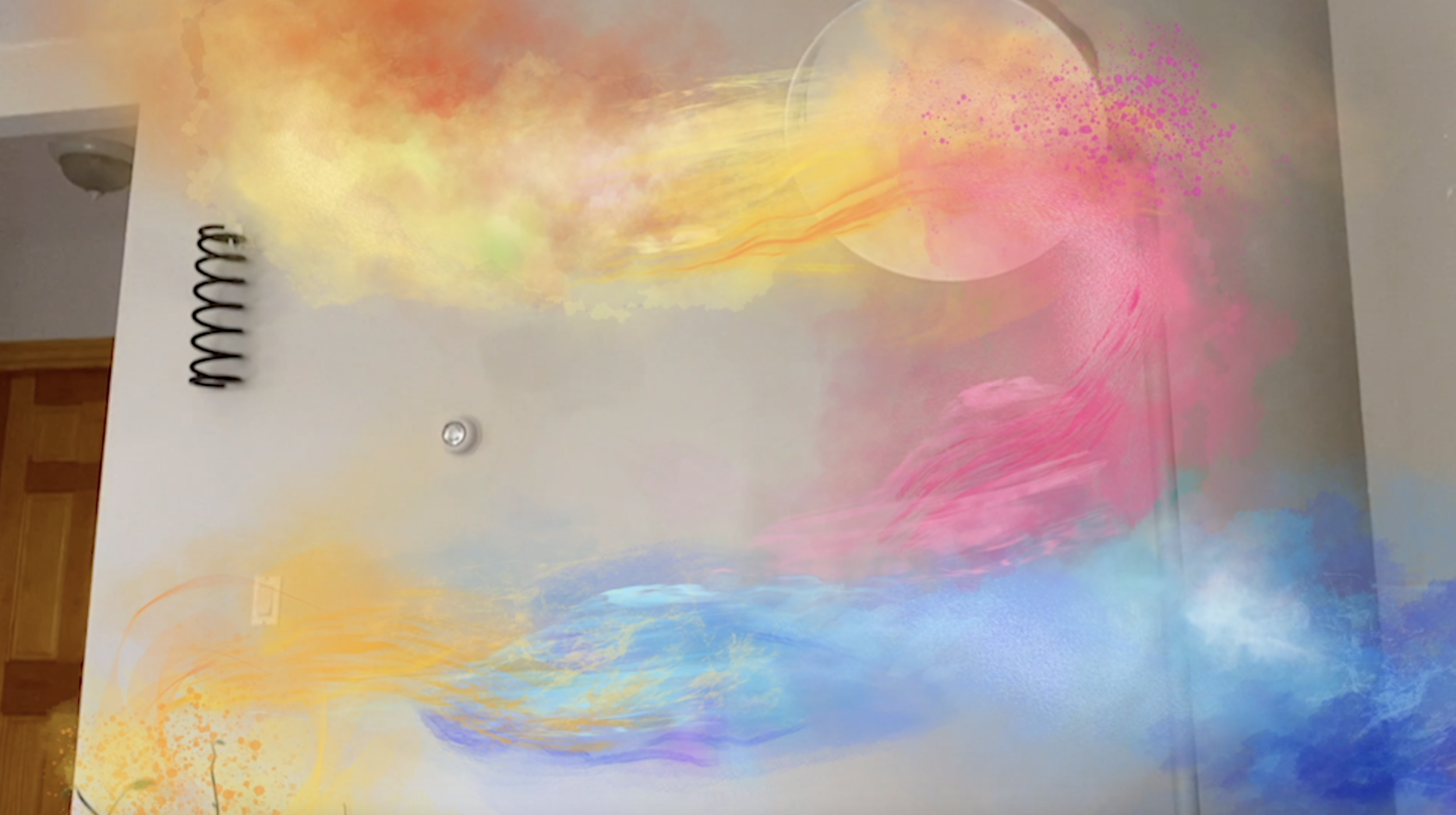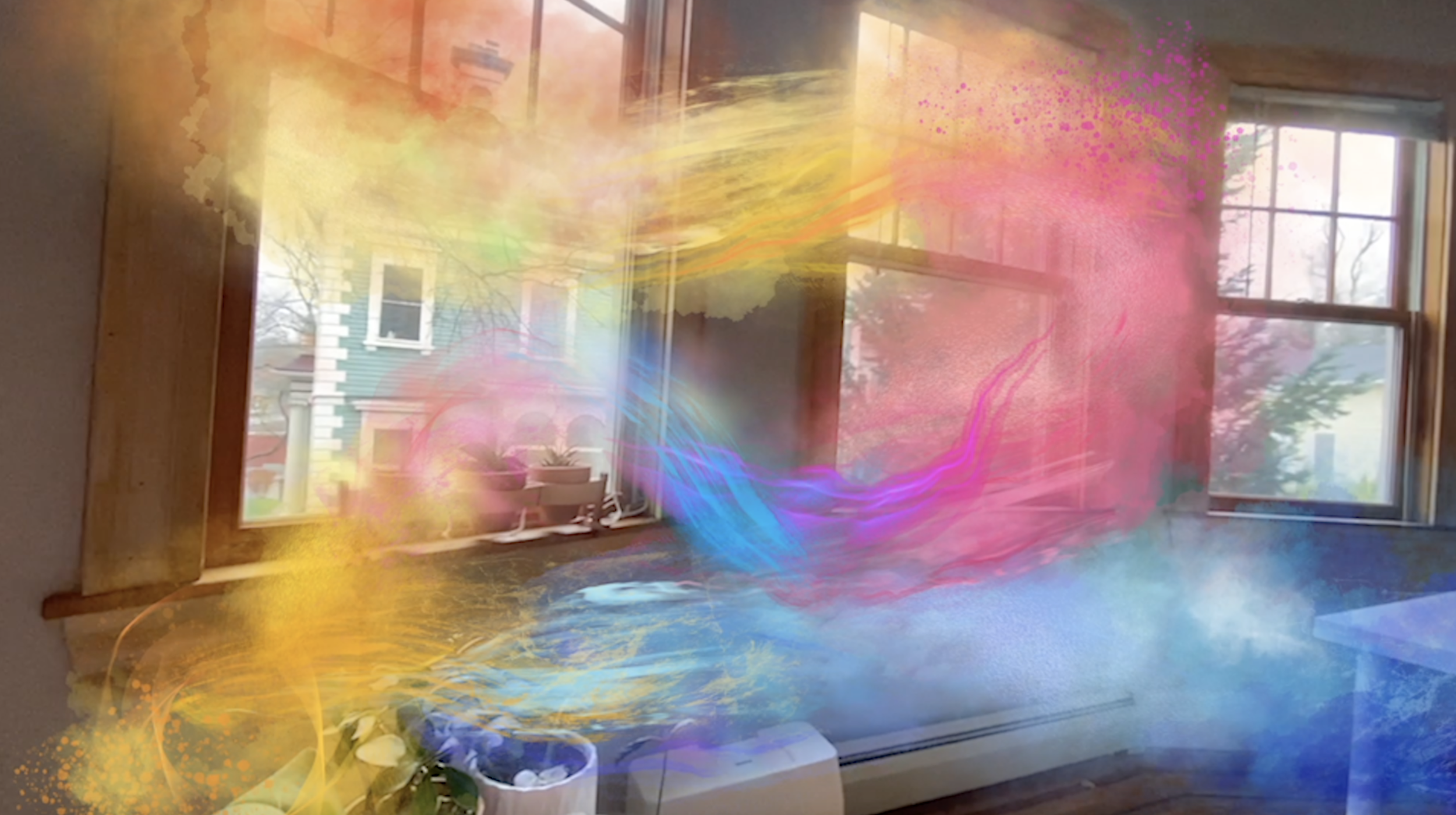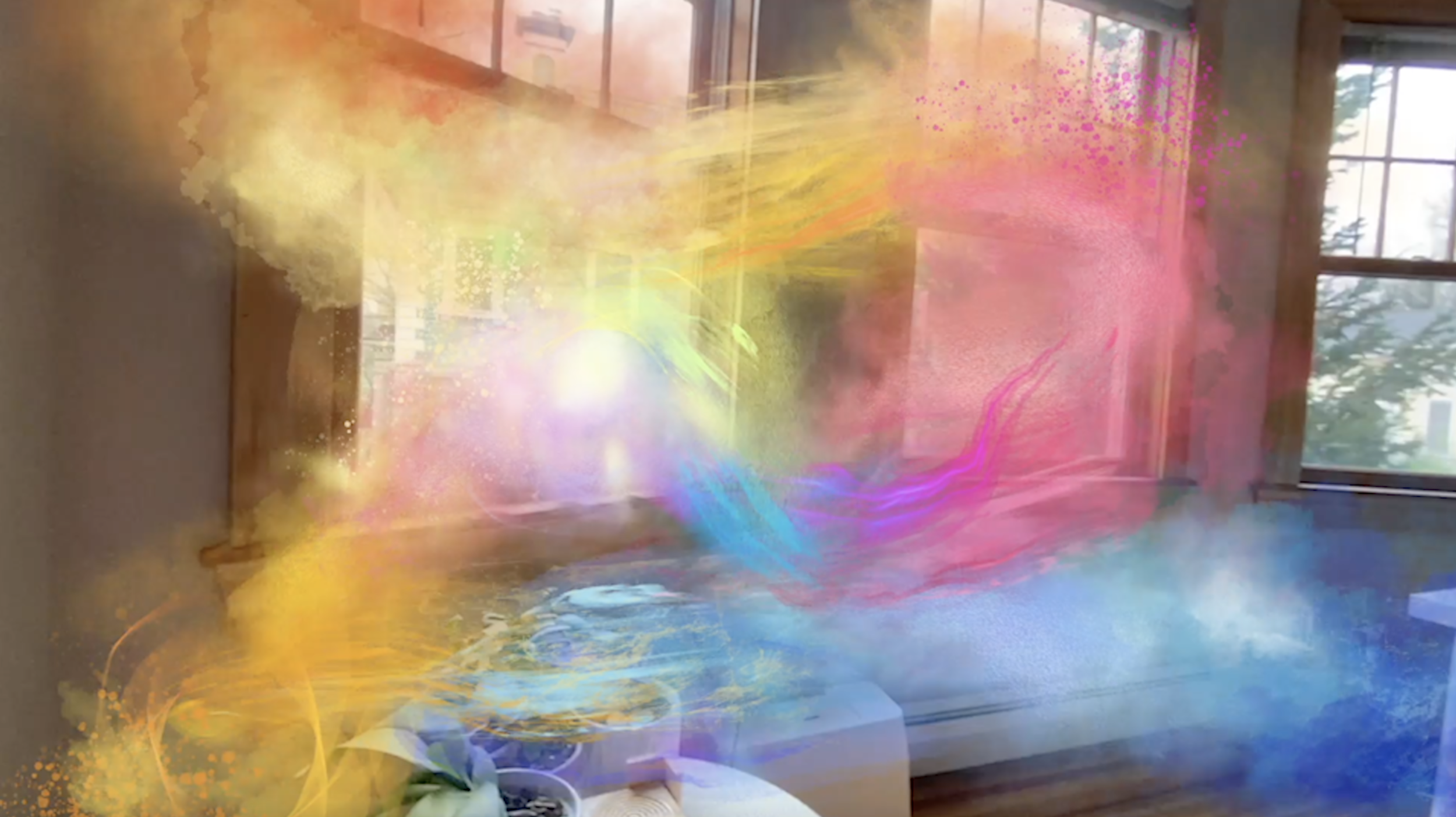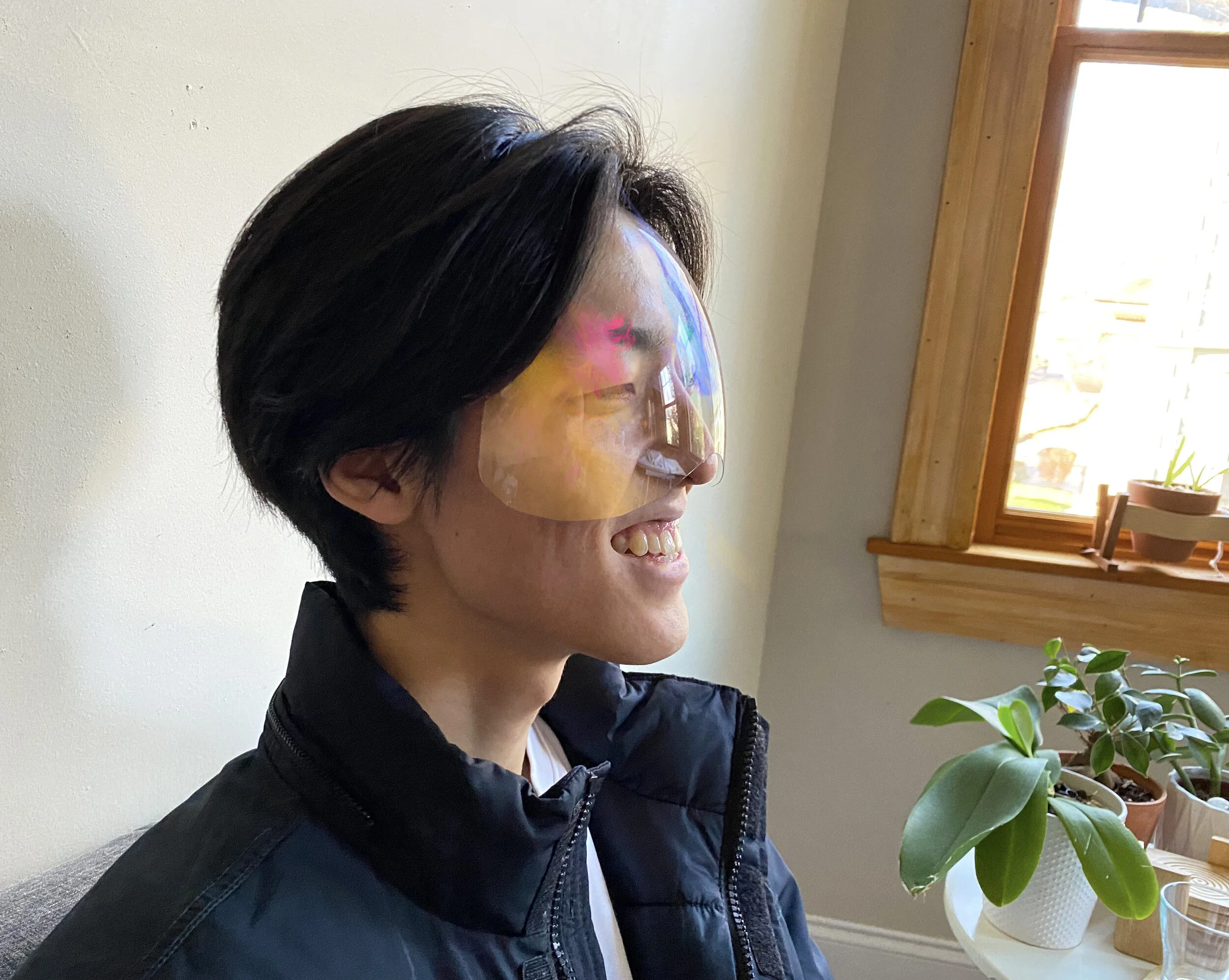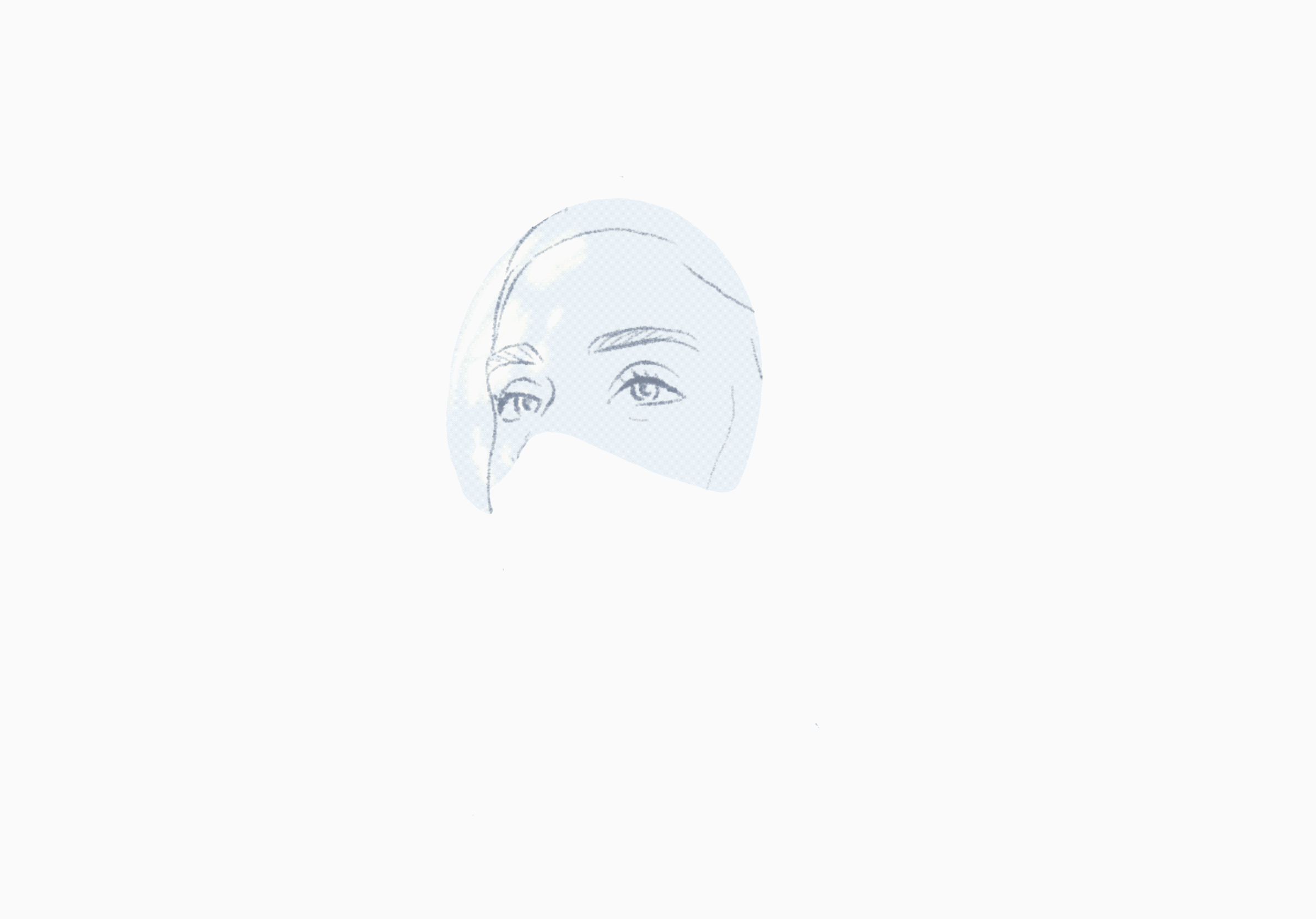
Una’s purpose is to encourage vulnerability, openness and connection with others.
Una is a speculative device that would use technology to connect people through a new experience: an impressionistic digital overlay that mirrors the emotional content of a conversation. Una creates a new visual language driven by facial and audio data that helps facilitate vulnerability, openness and connection.
Una in Use
Reimagining the way we use technology to connect and communicate
Outside Appearances
Una uses projected light to overlay a translucent visual mapping of your conversation.
Concept Sketches
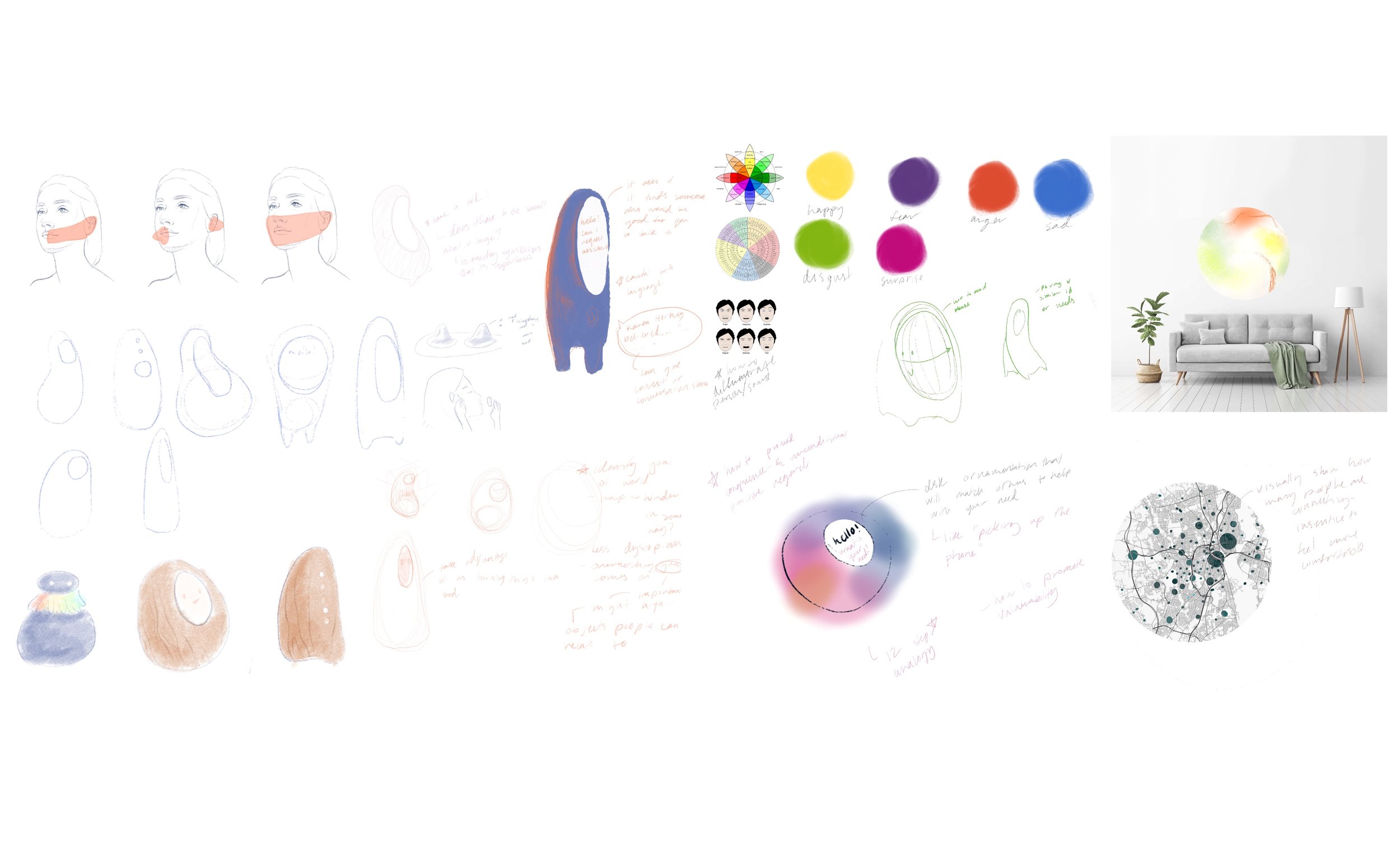





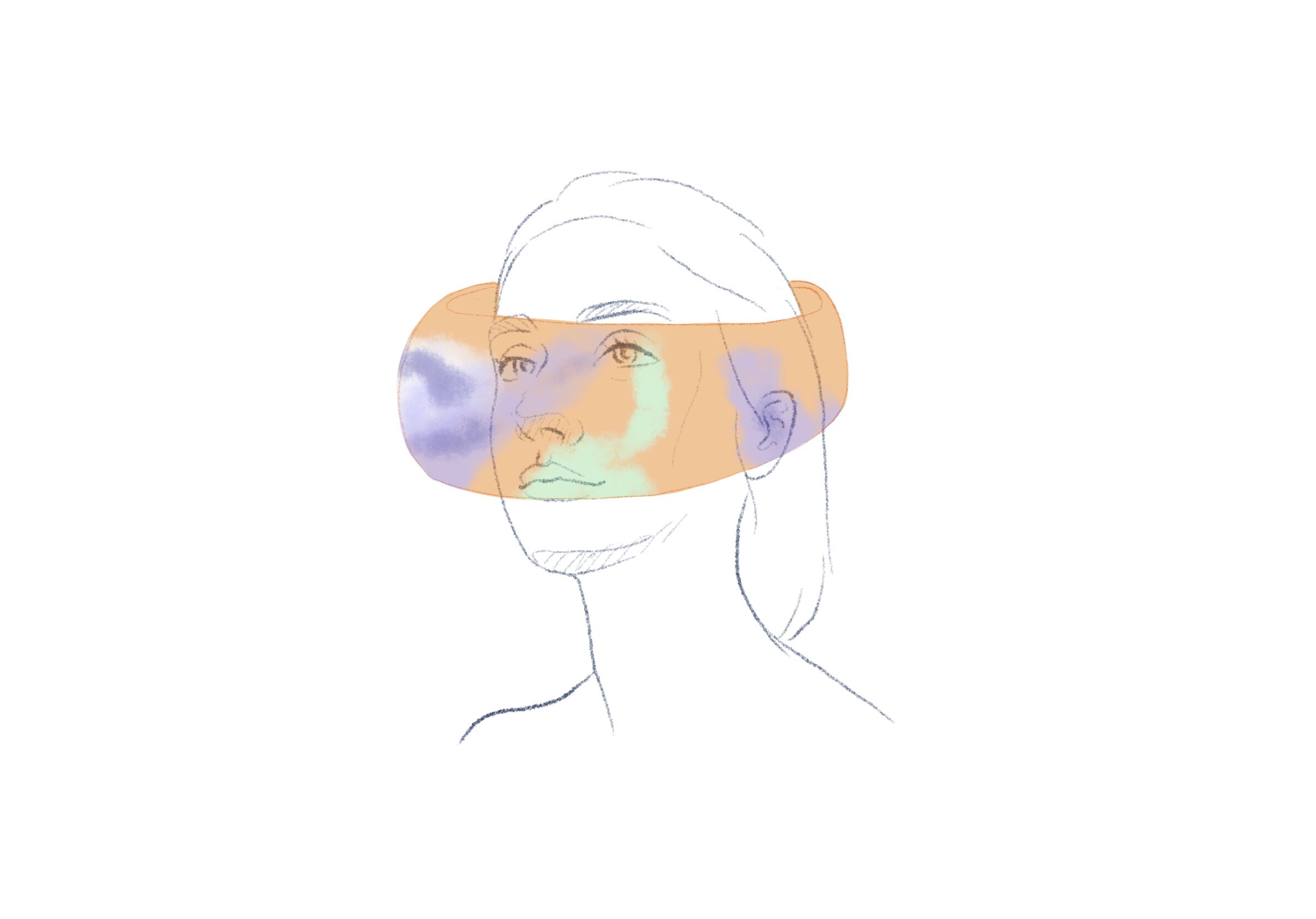


How it Works
AI Tech Interprets
Tone of Voice
Facial Expression
Contents of Conversation
And Translates Data Into
Color
Texture
Proximity of Gesture
Colors communicate emotion
Color is used as a system of communication throughout cultures and ages. Some colors have been shown to convey similar feelings across cultures, such as red for anger and yellow for joy.
Una takes this pre-existing visual language and uses it to help communicate what your conversation partner is feeling. It then reflects your own emotional reactions back as a mirror. This visual experience aids your understanding of self and other to facilitate deeper intimacy and empathy within conversation.
It is generally accepted that there are six primary emotions: happiness, fear, anger, sadness, disgust and surprise. Secondary emotions, like frustration, shame, etc. are feelings that consist of two or more of these primary emotions.
Facial Action Coding System
While Una uses color to reflect the emotion of the user, the texture and type of stroke is used to communicate physical changes in the face. Una uses another established language: the Facial Action Coding System, or (FACS).
Below are sample textures that Una might use to represent 18 of over 60 action units (AU) with their facial action and the muscle that is used.
Proximity and composition
The last component is the actual composition of Una’s visual language. Using information from facial expression, tone of voice and contents of conversation, Una evaluates the level of emotional intimacy and places each mark accordingly. If conversation partners are relatively closed off, their respective representations will remain far from each other, however; as conversation becomes more intimate, vulnerable and open, the gestures will start to converge.
